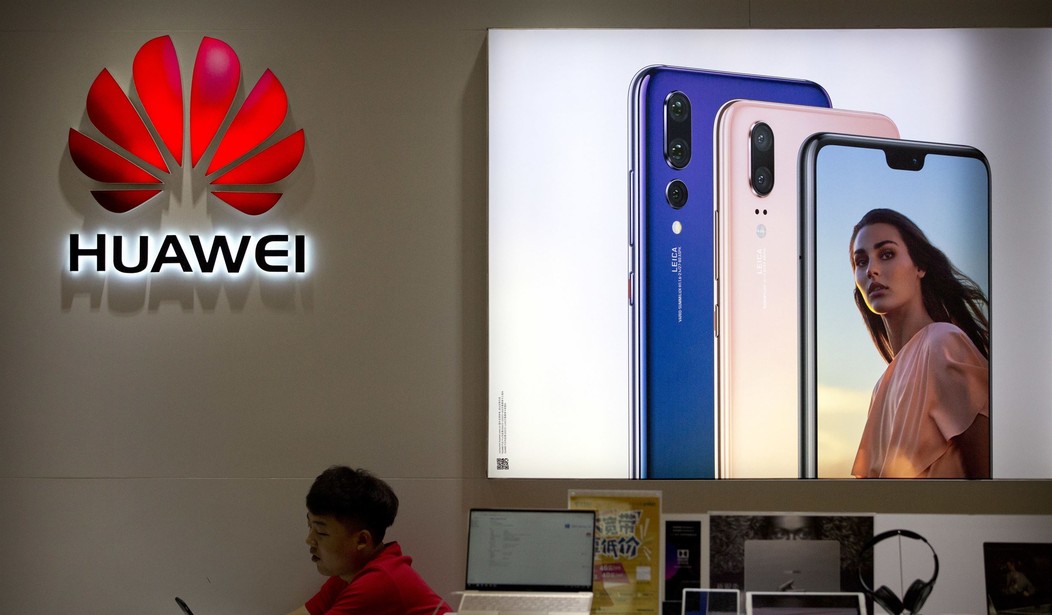Back during the actual Cold War, President Ronald Reagan famously promoted the idea of building what was called the Strategic Defense Initiative (SDI), or as it was more commonly known, the “Star Wars missile shield.” The idea was so named because its core idea of using lasers and/or particle beams fired from a massive space-based satellite orbiting the Earth bore more than a passing resemblance to the Death Star from the Star Wars franchise.
That Cold War has passed, and for that matter, so has the idea of the SDI, which even at its most concrete, was more a proposal that belonged in speculative fiction than in reality, at least given the technological limitations of the ‘80s. However, even if the Cold War that produced the SDI has ended, a new and different kind of Cold War has risen under President Trump: the so-called tech cold war, best exemplified by President Trump’s escalating tariffs against China, and his administration’s decision to actively blacklist Chinese telecom company Huawei from the United States. In fact, so pronounced has this new Cold War become that even Google, a company not usually known for its cooperation with the Trump administration, has cut off Huawei products from receiving updates to its Android Software.
All of this adds up to a pretty devastating blow to Huawei, and possibly even the equivalent of a Death Star-style killshot. But unfortunately, rather like the real Death Star, America’s legal system has a critical vulnerability that Huawei is actively exploiting. For the Death Star, that vulnerability took the form of a small thermal exhaust port. For America, it is our patent system.
You see, even as Huawei is banned from doing business in the US, at the same time, it is suing a former employee in America’s most infamous haven for patent trolls – the Eastern District Court of Texas. In the case Huawei Technologies Co. v. Huang, Huawei is accusing ex-engineer Yiren “Ronnie” Huang, an American, of starting his company, CNEX Labs Inc. with secrets he poached from Huawei. There’s just one twist – Huang, who is American, says Huawei hired him expressly with the purpose of poaching his inventions in order to bolster its market dominance.
Recommended
As reported by Bloomberg, CNEX General Counsel Matthew Gloss plans to explicitly make the argument that Huawei’s patent trolling lawsuit is itself a form of legalized intellectual property theft perpetrated by the Chinese government against an American. The Wall Street Journal explains with even more excruciating detail that Huawei Deputy Chairman Eric Xu posed as a customer of CNEX in order to learn secrets of their technology. Given Chinese entities’ long track record of extorting American technology companies for their secrets, or outright stealing them, this is far from a difficult charge to believe. In fact, it seems very likely that CNEX’s complaint will be easily proved in court.
What is incredible about all this is the role of the patent system in permitting Huawei to perpetrate its sham. And herein lies the real problem with the competing claims in these dueling lawsuits: CNEX’s lawsuit accuses Huawei of literal cloak-and-dagger methods of stealing trade secrets that even the most loose patent system would not permit. Huawei’s complaint, on the other hand, basically accuses Huang of using generalized engineering knowledge that he may or may not have acquired at Huawei to build superior products, which they suppose must axiomatically be theft because it hurts their bottom line, even though Huang very possibly could have thought of applications for the technology that they never contemplated. In other words, one party may have conspired to outright dupe another into revealing secrets, while another…might be guilty of learning on the job.
That Huawei has a case at all, in other words, is down to the ridiculously litigious nature of patent jurisprudence in the United States, which the trial bar relentlessly and remorselessly attempts to make more Kafkaesque by the day. Not only does this attempt to turn every person’s capacity to build on their knowledge into a potential lawsuit damage US innovators, it actively places American citizens at the mercy of attacks by companies connected to hostile foreign governments. In short, the patent system is a national security threat, and the Huawei’s lawsuit proves it.
Fortunately, unlike the creators of the Death Star, America can correct this design flaw, if it only has the political will.
























Join the conversation as a VIP Member